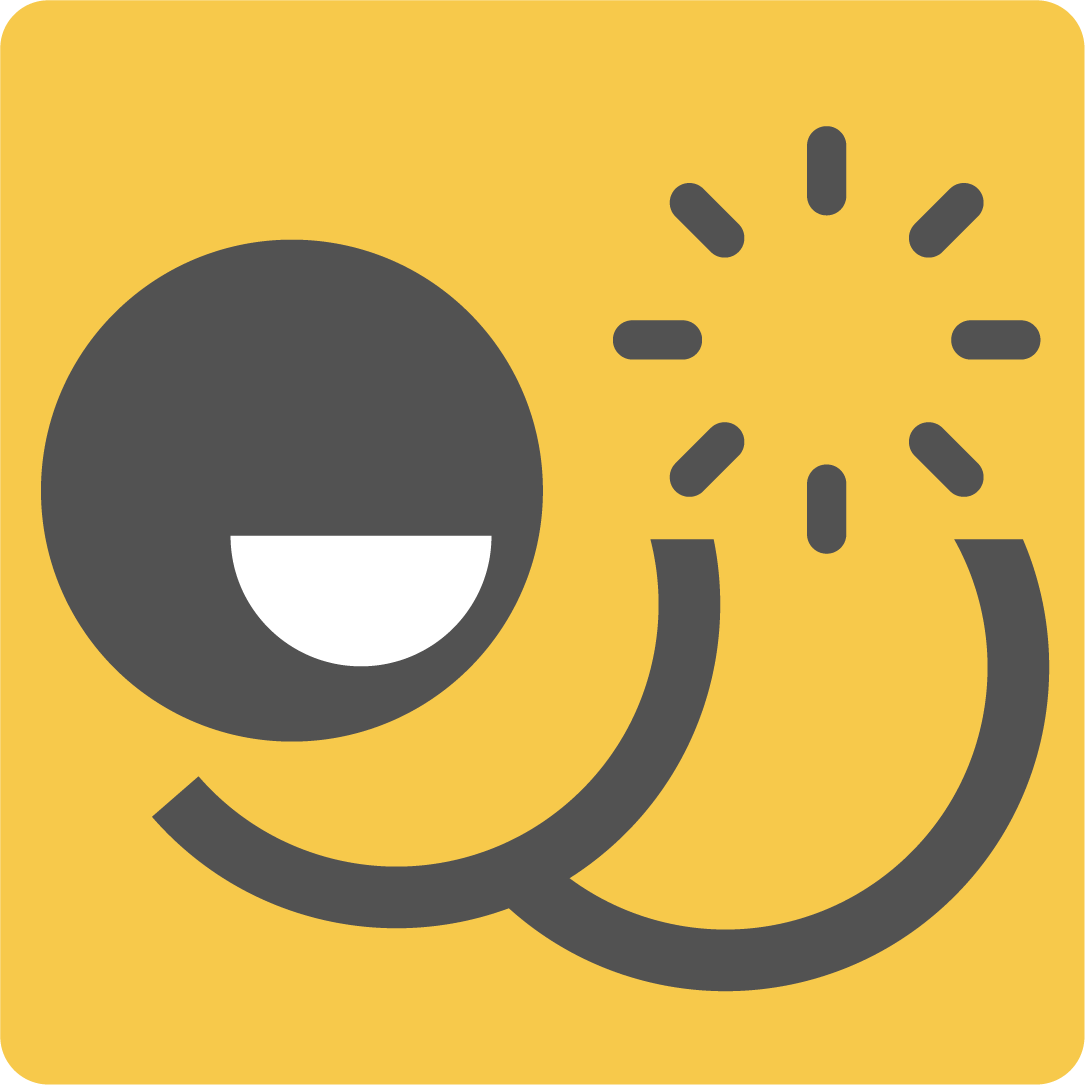Big Surface Dry Erase Board/Whiteboards: Why Are They So Awesome?
Ever encounter metaphors and comparisons like something is the Uber for this and this situation is so Inception for that? 2014 was a highpoint for those I'd bet. The Inception movie comparisons aging better than the Uber ones. This post is the Uber of Inceptions for why I like dry erase boards so much. Still with me? I should put a content warning before doing those kind of jokes.
Here's a video of me using my dry erase/whiteboard to explore the question: "why are they so awesome?".
Focusing on Individual Use of Dry Erase Boards
As a large device, dry erase boards are useful in group collaboration. A lot of us encounter large drawing surfaces in meeting rooms and team spaces. For me I've practiced different roles to help groups:
- Scribe: who captures the ideas of all present, I am your pen for words and sketches of ideas.
- Facilitator: helping amplify and connect group voices, intentions, and navigating creative processes for designs, workshops, and decisions.
Group note taking is a different focus than what I had for this exploration. I think the exploration might have useful insights for groups too, but that's a different topic.
The big deal is the big space.
The uninterrupted bigness is what makes a large dry erase board something special. It's different than patching together paper sheets or covering the same size space with sticky notes.
Both of those techniques are useful, but for me don't evoke the magical combination of space and time.
The magical feeling combination of space and time.
In comics, the bigger a panel, the more time is a factor. The rhythm of reading changes when you go from panels with less space juxtaposed then encounter a wide or tall panel. The space takes more time to explore visually.
With more space comes more time to the read what's there. Also the effort time it takes to put ideas in that space.
A large dry erase board takes time to fill with ideas.
When you encounter your ideas, question them, explore, observe, you can capture words and images along the way.
- Write and stand back.
- Draw and consider.
- Annotate a connecting idea or relationship between two things.
What emerges is a layered set of ideas. I think what can make those layers do useful things is along the way ask:
- Is there a quick doodle to help this get more specific or more fun?
- Is what I'm about to write next a new kind of thing or a new part of something already there?
- Should what I'm about to write next be near or far from these different things already on the board.
It's not just the space, it's what you do with the time you spend in the space.
A large surface gives you the canvas. When you invest time into a process of questioning, observing, noting. You encounter your ideas in a large enough space to question dig deeper with each idea, visualize, and make connections.
The full board tells a version of the story.


